The economic crisis caused by the coronavirus pandemic poses a triple challenge for tax policy in the United States. Lawmakers are tasked with crafting a policy response that will accelerate the economic recovery, reduce the mounting deficit, and protect the most vulnerable.
To assist lawmakers in navigating the challenge, and to help the American public understand the tax changes being proposed, the Tax Foundation’s Center for Federal Tax Policy modeled how 70 potential changes to the tax code would affect the U.S. economy, distribution of the tax burden, and federal revenue.
In tax policy there is an ever-present trade-off among how much revenue a tax will raise, who bears the burden of a tax, and what impact a tax will have on economic growth. Armed with the information in our new book, Options for Reforming America’s Tax Code 2.0, policymakers can debate the relative merits and trade-offs of each option to improve the tax code in a post-pandemic world.
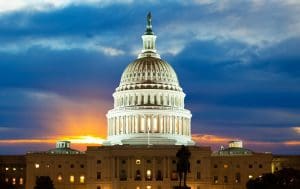
The Tax Cuts and Jobs Act: Preliminary Economic Analysis
According to the Tax Foundation’s Taxes and Growth Model, the Tax Cuts and Jobs Act would lead to a 1.7 percent increase in GDP over the long term, 1.5 percent higher wages, an additional 339,000 full-time equivalent jobs, and cost $1.47 trillion on a static basis and by $448 billion on a dynamic basis.
2 min read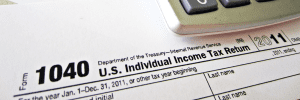
Prepaying SALT isn’t an Option
As the Tax Cuts and Jobs Act seeks to simplify the tax code, a last-minute provision closed a potential new tax-planning strategy germinating before the bill even passed.
2 min read
Conference Report Limits on Interest Deductions
There is no good reason to eliminate interest deductions to permit expensing. Expensing is a key element of any tax system which seeks to put all economic activity on a level playing field.
9 min read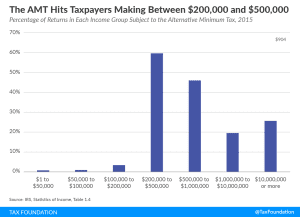
Under Conference Agreement, Fewer Households Would Face the Alternative Minimum Tax
The Tax Cuts and Jobs Act will temporarily reduce alternative minimum tax liability, but retain the complexity inherent to the tax.
4 min read
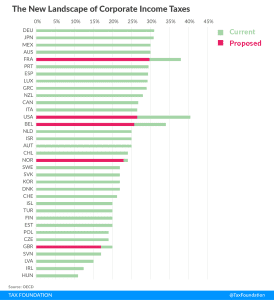
Tax Cuts and Jobs Act Puts the U.S. with its International Peers
If enacted, the Tax Cuts and Jobs Act would put the U.S. corporate tax rate more in line with its international peers at 13th highest of 35 OECD countries.
2 min read
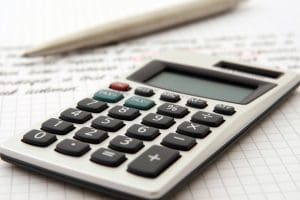
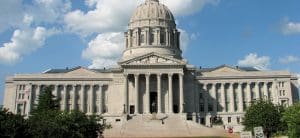
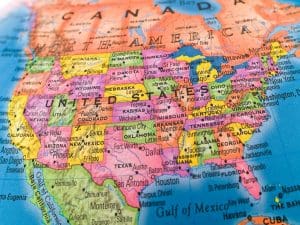
High-Tax States are Inconsistent on the State and Local Tax Deduction
If the state and local tax deduction is necessary to prevent double taxation, why don’t states offer a deduction for federal and local taxes?
2 min read